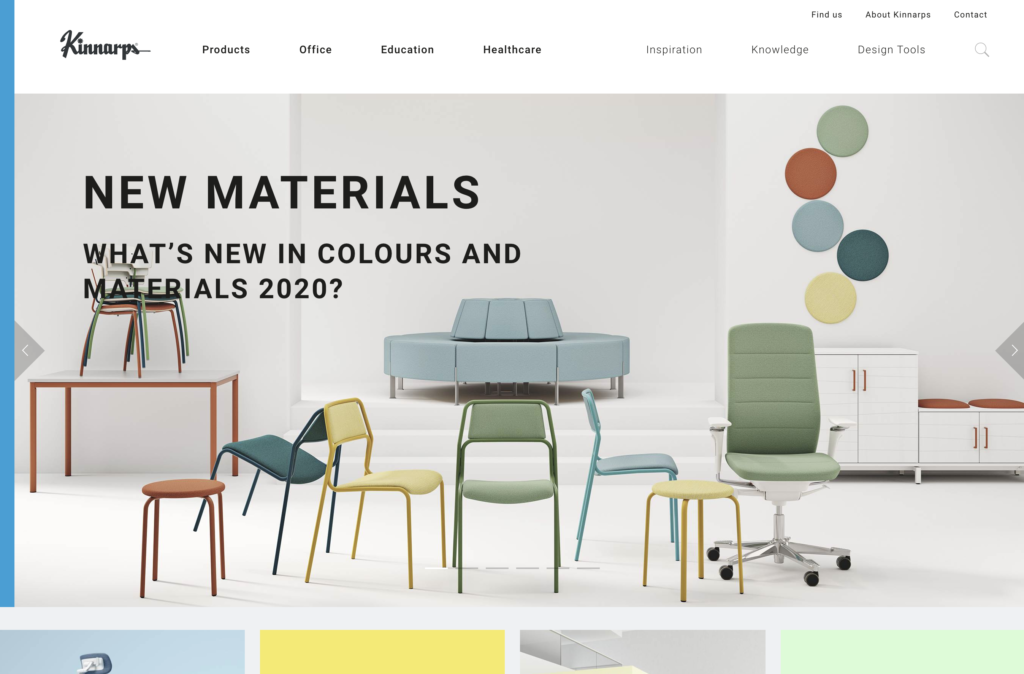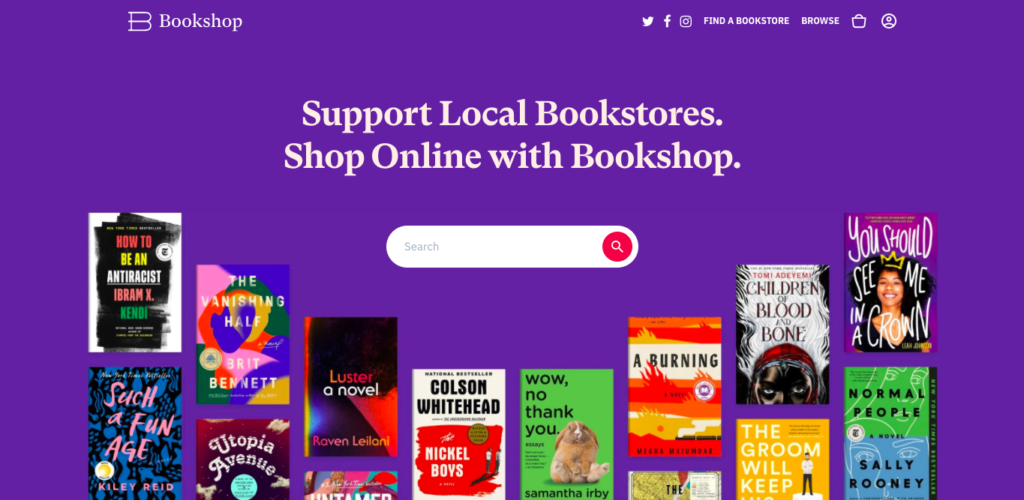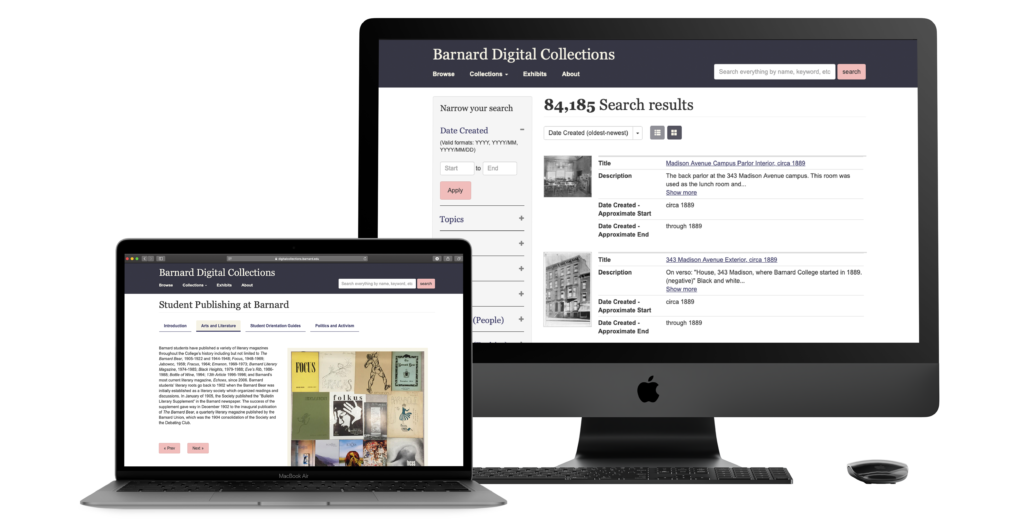Weekly Critic on 500px.com
To begin with: An Introduction on 500px.com 500px.com is a website for both professional and amateur photographers to present, critique, sell, and purchase photographs or their service. Thus, because of the commodity here are high-quality photos and the selling process requires advanced knowledge on licensing, the website may target more experienced audiences. As a professional […]
Weekly Critic on 500px.com Read More »





